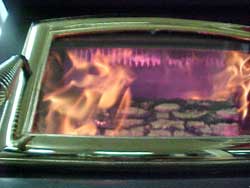Is this the proper way to load up a stove? https://www.hearth.com/talk/threads/documenting-our-first-night-heating-with-wood.132132/ photo 2
I have done some n/s burns in my stove but it is mostly a e/w burner but I put in nowhere that much wood. I would be too nervous about over firing it. Maybe that is why I only get 2 or 3 hour burns. Do I pack it pretty tight or leave gaps? I get temps 600 - 700 but not very long burn times and I want to improve those. Most of my splits are in the 2 - 4 inch range and mostly oak. One time I did put in a 6 inch piece of oak I over fired it and something was glowing red. Since then I only put in a 3 or 4 pieces and do not stack it full like that.
Thanks, Norm
I have done some n/s burns in my stove but it is mostly a e/w burner but I put in nowhere that much wood. I would be too nervous about over firing it. Maybe that is why I only get 2 or 3 hour burns. Do I pack it pretty tight or leave gaps? I get temps 600 - 700 but not very long burn times and I want to improve those. Most of my splits are in the 2 - 4 inch range and mostly oak. One time I did put in a 6 inch piece of oak I over fired it and something was glowing red. Since then I only put in a 3 or 4 pieces and do not stack it full like that.
Thanks, Norm


